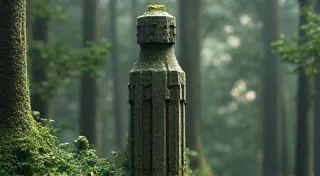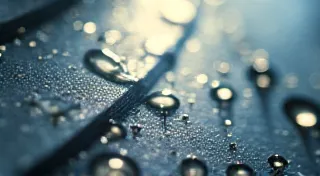From Ashes to Art: Reimagining Broken Pen Components in Restoration
There’s a profound beauty in things that have lived. A chipped teacup, a worn leather satchel, a tarnished silver locket – each holds within its imperfections a story, a whisper of the hands that held it, the moments it witnessed. And nowhere is this more evident than in antique writing instruments. A calligraphy pen, particularly, isn't just a tool; it's a vessel of creativity, a conduit for expression that has spanned generations. To restore one is to participate in that ongoing narrative, to breathe new life into a piece of history. But what happens when parts are beyond simple repair? That’s when true restoration becomes an art, an exercise in resourcefulness, and a tribute to the ingenuity of past craftsmen.
My own journey into pen restoration began almost by accident. I inherited a box of my grandfather's belongings after he passed. Among the faded photographs and yellowed letters, there lay a collection of antique calligraphy pens – a jumble of nibs, barrels, and broken mechanisms. Some were remarkably well-preserved; others, heartbreakingly damaged. There was one pen, a beautiful Conway Stewart, whose lower barrel was fractured in two. The initial reaction was disappointment, a sense of loss. It seemed destined for the scrap heap. But the more I looked at it, the more I saw potential, not just ruin.
The idea of simply replacing the barrel felt… wrong. It felt like erasing a piece of the pen’s story, a moment of breakage that, however unfortunate, was integral to its history. And so began my exploration of creative alternatives, of finding ways to reimagine the broken pieces, not as waste, but as raw material.
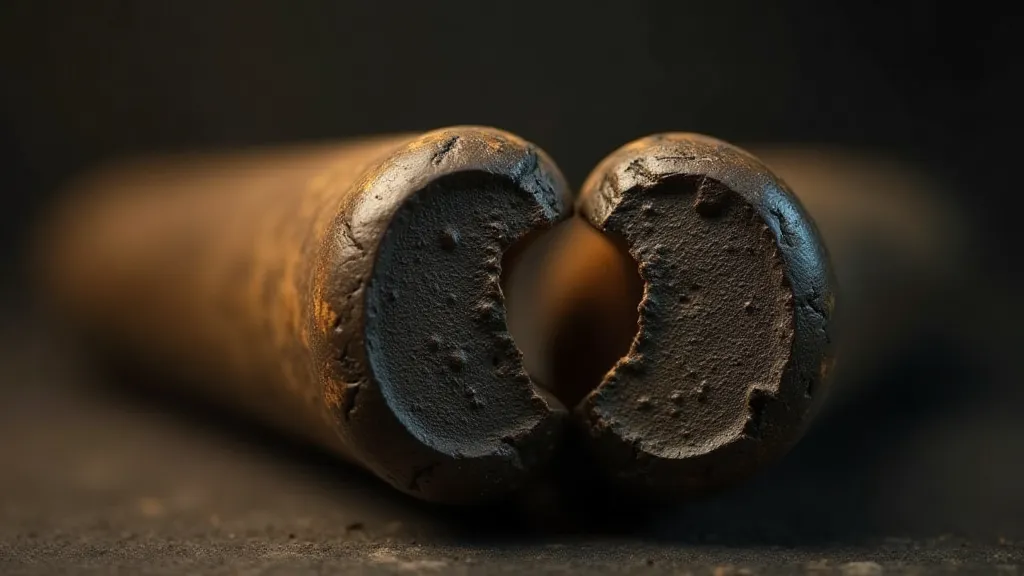
The Legacy of Craftsmanship: Understanding the Materials
Antique calligraphy pens weren't mass-produced with the disposable mentality of modern pens. Each component was painstakingly crafted, often from hard rubber (ebonite), celluloid, or early plastics like Bakelite. These materials themselves possess a unique character, a warmth and depth that’s missing from many contemporary plastics. Hard rubber, for instance, is dense and resilient, exhibiting a subtle grain that speaks to its organic origins. Celluloid, with its swirling patterns and glossy sheen, is a marvel of early chemical engineering. Understanding these materials—their strengths, their weaknesses, and their age-related degradation—is the cornerstone of any successful restoration. Often, addressing common pen maladies requires a nuanced understanding of these materials and their interactions with inks and time.
The skill of the original craftsman isn't just about technical precision; it’s also about a deep understanding of the material. They knew how to work with it, how to shape it, and how to create a writing instrument that was both beautiful and functional. Restoration is, in a sense, a conversation with that original artisan, a process of learning from their expertise and applying it to the challenges of preserving their creation. Sometimes, this involves more than just careful cleaning and reassembly; it requires a creative approach to repairing even seemingly irreparable damage – a process many refer to as weaving new life into a broken-down pen.
Reimagining the Fragments: Creative Solutions for Damaged Components
When a pen barrel is fractured, as with my grandfather’s Conway Stewart, the options are limited. A complete replacement is the most straightforward solution, but it sacrifices the pen's history. Instead, I explored several alternatives. The first involved creating a 'sleeve' – a piece of contrasting material that would encase the fractured barrel, effectively binding it together. This not only restores the pen's structural integrity but also adds a layer of visual interest, a subtle reminder of the pen’s journey.
Another approach involved using the fragments to create a completely new component. A broken nib, for example, can be incorporated into a decorative inlay on a barrel or cap, transforming a point of damage into a unique design feature. Even tiny fragments of hard rubber can be used to create small, sculpted accents. The key is to look beyond the flaw and see the potential for transformation. This often requires sketching, experimenting, and a willingness to embrace the unexpected. The careful tuning of a nib, often necessary after a significant repair, can truly bring a restored pen back to life; we delve into this process in more detail when discussing fine-tuning the soul of a restored pen.
One particularly challenging project involved a Parker Duofold with a deeply cracked celluloid cap. Rather than replacing the cap entirely, I carefully extracted the inner layers, revealing the underlying structure. Using those layers, I crafted a smaller, 'miniature' cap that fit snugly over the original, creating a distinctive and highly personalized look. It wasn’t a perfect restoration in the traditional sense, but it was a respectful reimagining, a testament to the pen’s enduring spirit.
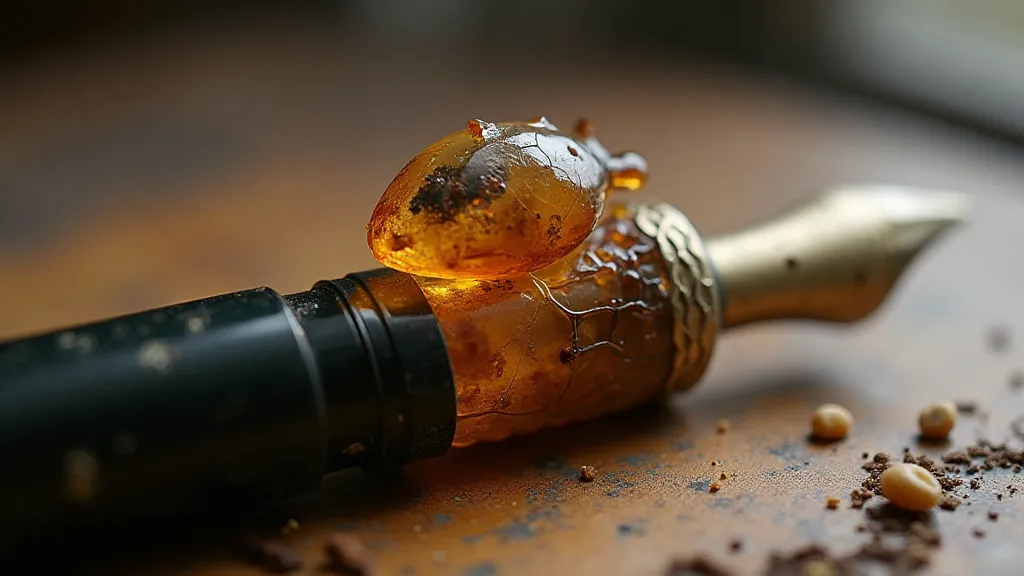
Sustainability in Restoration: A Mindful Approach
The practice of repurposing broken components aligns perfectly with a broader movement towards sustainability. In a world increasingly aware of its environmental impact, restoring antique pens isn't just about preserving history; it’s also about reducing waste and extending the lifespan of valuable resources. Rather than discarding damaged parts, we can breathe new life into them, transforming them into something beautiful and functional.
This mindful approach also encourages a deeper appreciation for the materials themselves. When we understand that we’re working with finite resources, we’re more likely to treat them with respect and to seek creative solutions that minimize waste. It’s a philosophy that extends beyond pen restoration, influencing our choices in all aspects of our lives.
The Emotional Connection: More Than Just Repair
Ultimately, pen restoration is about more than just repairing a broken object. It’s about connecting with the past, honoring the craftsmanship of previous generations, and preserving a piece of history for future appreciation. The emotional connection is often the most rewarding aspect of the process. Holding a restored pen in your hand, knowing that you’ve played a part in its ongoing story, is a feeling that’s hard to describe.
My grandfather, I realized, wasn't just leaving me pens. He was entrusting me with a legacy. Each restoration project is a small act of remembrance, a way of keeping his memory alive. And in that sense, the true artistry lies not just in the technical skill, but in the ability to imbue each restored pen with a sense of history, of beauty, and of enduring spirit. Sometimes, the nuances of the pen’s history are revealed through markings or inscriptions; we explore how to decipher these hidden clues when discussing deciphering inscriptions on restored pens.
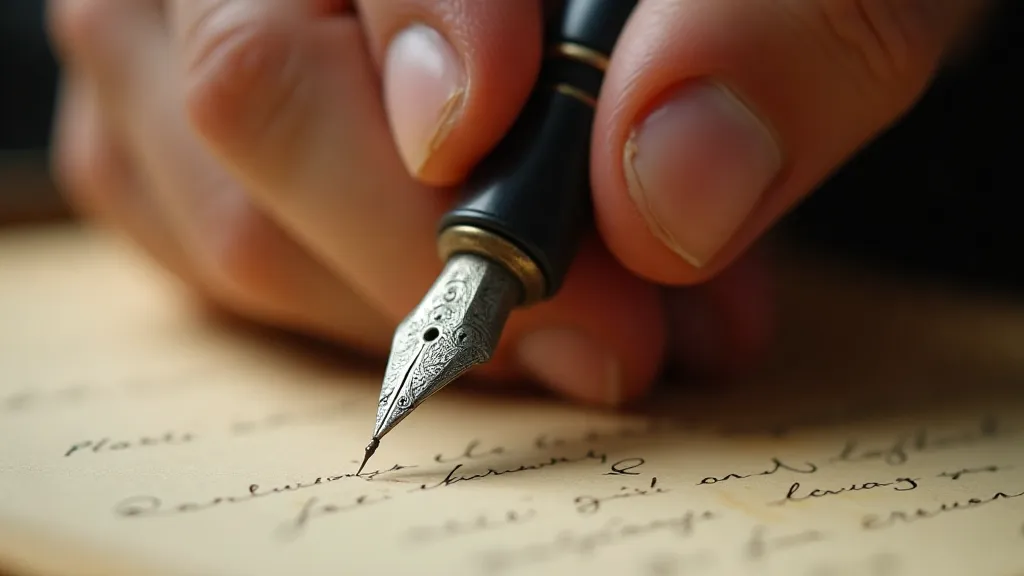
The process of reimagining broken components isn’t always easy. It demands patience, creativity, and a willingness to experiment. But the rewards—the satisfaction of breathing new life into a piece of history, the emotional connection to the past, and the opportunity to contribute to a more sustainable future—are well worth the effort. For in the ashes of breakage, we can find the seeds of new art, new beauty, and a deeper appreciation for the enduring legacy of craftsmanship.
